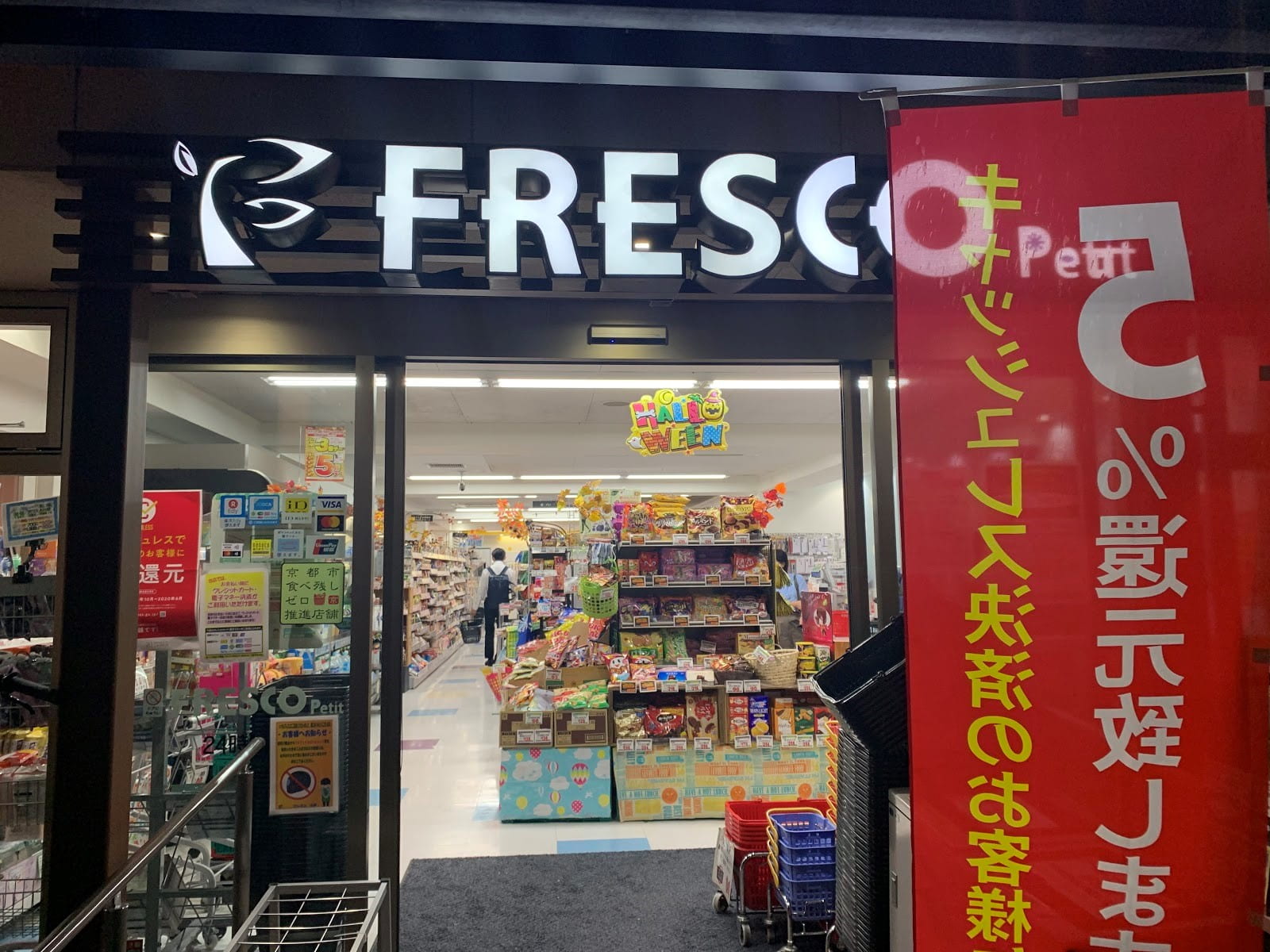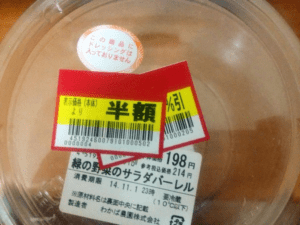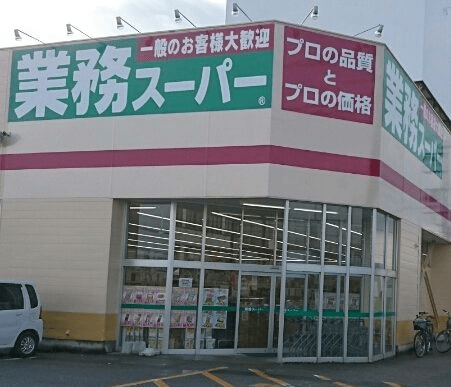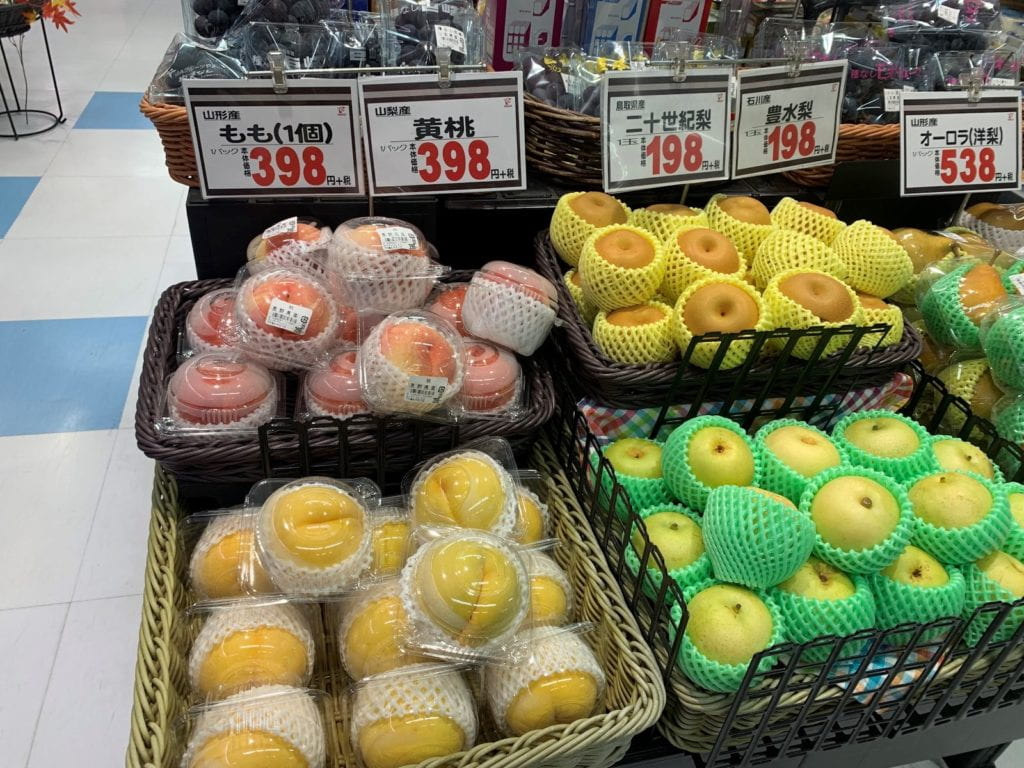Adaptation out of Necessity: Grocery Shopping
Adaptation. A fantastic characteristic to have, as well as an esoteric, indie Nicolas Cage movie. The former being a necessary skill to have when abroad, and the latter being a nice thing to have while abroad. This skill becomes especially important while transitioning between cultures, and particularly between America and Japan.
I don’t think that many people expect for grocery shopping to be a difficult thing when going abroad. Language, cultural customs, financial difficulties — sure! These are the things the Global Education Office warns you about — but food? Pft, easy. But surprisingly, this can be daunting. Especially coming from Amherst, where Val does all the legwork for you, and where many Amherst students don’t even know how to cook for themselves, never mind going to the actual grocery store.
My first month here, I noticed that grocery shopping is the thing that Western students had the biggest problem adjusting to. Most students end up just eating all of their meals out, or surviving on convenient store rice balls and bento boxes. Which is perfectly fine if you have the budget, but I’m a miserly scrooge who just can’t bring myself to do that. While the occasional onigiri and ビグアメリカンドグ (direct translation: Big American Dog; actual translation: corn dog) is wonderful, I knew going to the konbini couldn’t be my entire diet. So the only other option was cooking for myself, which isn’t a problem. Knowing where to shop, though, is a different problem altogether.
It’s been an official month since I’ve arrived in Japan, and I’ve scoured nearly all of the grocery stores within a 2-mile radius. I never quite realized how pivotal my interests in grocery stores would be until this very moment. My friends always made fun of me for how much I enjoy grocery shopping. I once went to three different groceries stores alone in one day, just to hang out. While I was scouring grocery stores out of necessity, it luckily was more pleasant than it was a chore.

A chain of grocery stores located around every corner in Kyoto. This one is right across the street from Doshisha University.
During my hunt to find the cheapest grocery store, I found the same things to ring true throughout all of them. Hopefully this blog post can serve as a little guide to future students studying abroad in Kyoto.
First and foremost, fruit and vegetables are insanely expensive no matter which grocery store you go to. Fancy fruit culture in Japan is real.
You also cannot avoid excessively packaged produce. I’m sorry, Mother Earth. Everything in Japan is excessively packaged, but this is especially true for fruit and vegetables.
Every. Single. Thing.
Some students may be used to a grocery store being a one-stop shop, but for most people in Japan, this simply isn’t the case. You may go to Fresco one day for bread, but then have to make a trip to Gyomu Supa for eggs and meat. In order to stay within budget, you just have to shop around. Produce is usually cheapest when found anywhere other than a grocery store. Sometimes shops found along street markets will offer the cheapest seasonal fruit and vegetables.

This is a produce stand along a random street market that sold a bag of 12+ onions for $1.50! This is outstandingly cheap.
Second, while this may seem obvious, do not look for American equivalents while in a Japanese grocery store. I find that American students will try to buy and recreate American snacks. They look for Jiffy’s peanut butter, Smucker’s grape jam, Lay’s chips, almond milk, etc… Even rice can be expensive (because it is largely imported, to the surprise of many people who come to Japan). Imported goods can cause an arm and a leg.
Even the bread here has its own unique culture. Slices of bread are much thicker than American bread, and the loaves are much smaller.
I’ve always loved eating Japanese food at restaurants, but now I have to take this as a chance to learn how to make Japanese food myself. Though, this is sometimes difficult because sometimes I simply don’t know what an item is.
Which leads me to my third, which once again, may seem obvious… but Google Translate is your best friend.

Amherst-Doshisha fellow, Mika Obayashi, using google translate to figure out that ほうれん草 means spinach.
Finally, but probably most importantly… Always do your grocery shopping after 7 PM. This is because all Japanese grocery stores will start halving a ton of their fresh produce and pre-made items as it nears closing hours.

That kanji means half off. Look for these two kanji like your life depends on it. Photo courtesy of Google.
Ultimately, Japan’s grocery stores are reflective of Japan itself. Fresh produce is expensive because so much of it is imported. Freshness is important though, seen in the way everything is slashed half off the moment it hits 7PM — if not, the food will simply be thrown away. Fish and seafood is cheaper because Japan is an island. Eating out, while fun, simply is not sustainable on a student budget. American imported items are expensive. While these things may seem obvious when listed out like this, it is a lot more overwhelming when confronted all at once.
Knowing that fruit will be expensive in Japan is different than being in Japan and actually seeing how expensive grapes are. Confronting the possibility of not having grapes until you’re back in your home country, unless you’re willing to fork out a pretty penny (cheapest grapes I’ve seen are roughly $6), can be a bit of a startling, sad realization.
But ultimately, my own frugality has lead to a lot of delicious meals and bento boxes being made. With each week, I learn a new Japanese recipe. I actually look forward to making my meals. Cooking with friends and combining all of your mismatched groceries into a wonky meal can be fun. Despite the strange concoctions we sometimes make, we’re always thankful for the food. Itadakimasu!







